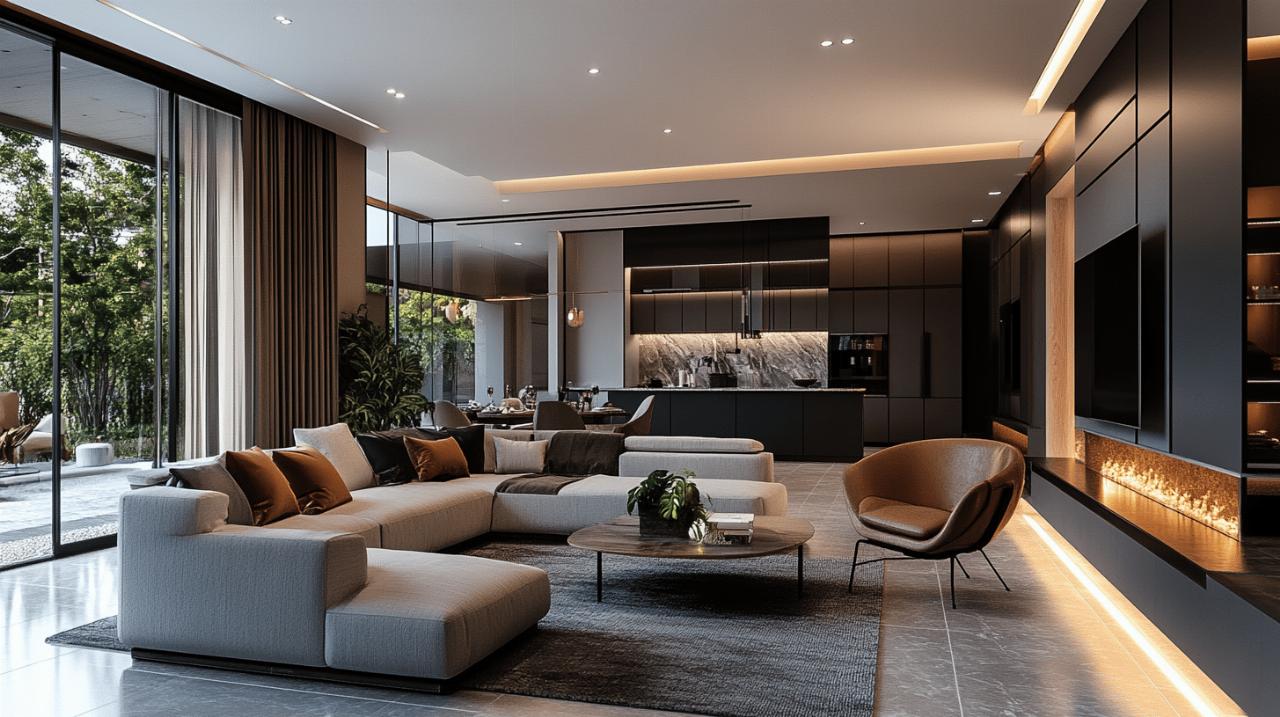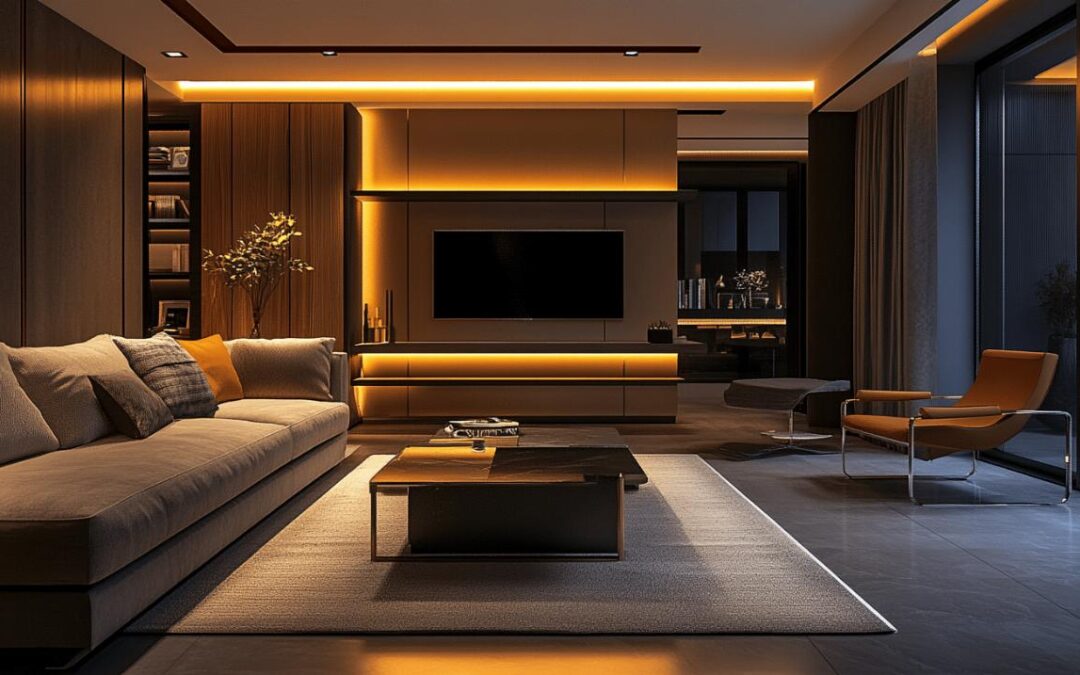Creating a living space that reflects your unique personality has never been more exciting than with today's diverse range of home design possibilities. From versatile furniture to smart home innovations, Casa Idea brings fresh perspectives to transform any living environment into a personalized sanctuary that balances aesthetics with functionality.
Transformative interior concepts
Modern homes demand versatile solutions that adapt to our evolving lifestyles. The latest design trends showcase how thoughtful interior concepts can completely reimagine spaces while maintaining harmony between style and practicality, drawing inspiration from minimalist aesthetics to coastal serenity.
Multi-functional furniture solutions
Space optimization stands at the forefront of contemporary design philosophy. The curved furniture trend featured in Casa Idea collections demonstrates how sculptural pieces can serve dual purposes while creating visual interest. From storage ottomans that double as coffee tables to expandable dining consoles, these adaptable elements make small space living not just manageable but stylish. Innovative storage solutions under $50 prove that functionality doesn't require sacrificing your budget or design aesthetic.
Integrated technology spaces
The modern home seamlessly blends digital convenience with thoughtful design. Drawing inspiration from showcased projects like the Skyline Apartment and Lumen Lodge, today's living spaces incorporate technology without disrupting visual harmony. Dedicated charging stations disguised within cabinetry, hidden projector screens, and smart home systems integrated into minimalist backdrops exemplify how Casa Idea approaches tech-forward living. These spaces embrace both high-tech functionality and design principles from various aesthetics including mid-century modern and luxurious minimalism.
Sustainable design elements
Sustainability has become a cornerstone of modern home design, with Casaidea showcasing numerous eco-conscious approaches that blend functionality with environmental responsibility. Today's homeowners are increasingly seeking ways to reduce their ecological footprint while creating aesthetically pleasing spaces. The sustainable design movement encompasses everything from material selection to thoughtful spatial planning, offering solutions that benefit both personal living environments and the planet.
The growing interest in sustainable home design is evident in Casaidea's collection of innovative interior solutions, from minimalist approaches like those seen in Echo House's dark minimalism to the resource-efficient layouts featured in compact urban dwellings like the Tactile Apartment. These examples demonstrate how sustainability can complement rather than compromise design aesthetics across various styles including mid-century modern, boho, and coastal minimalism.
Eco-friendly material options
The selection of eco-friendly materials represents one of the most impactful ways to create a sustainable home environment. Natural materials like reclaimed wood, seen in many of Casaidea's featured spaces such as the gray, white, and wood interior with modern boho flair, offer both environmental benefits and visual warmth. Bamboo, cork, and other rapidly renewable resources provide durable alternatives to traditional building materials while reducing environmental impact.
Recycled and upcycled elements have gained prominence in modern interior design trends. The Neutral Apartment's understated elegance demonstrates how repurposed items can contribute to sophisticated spaces without sacrificing style. Non-toxic finishes and paints free from volatile organic compounds (VOCs) have become essential considerations for health-conscious design, creating safer indoor environments while maintaining design integrity. These material choices reflect a thoughtful approach to sustainability that extends beyond mere aesthetics to consider long-term environmental implications.
Energy-efficient layouts
Smart spatial planning forms the foundation of energy-efficient home design. The strategic positioning of windows and doorways, as showcased in the Lightwell Apartment's modern interior design, maximizes natural light penetration while minimizing heat loss. This thoughtful approach reduces reliance on artificial lighting and climate control systems, resulting in lower energy consumption throughout the year.
Open-concept layouts, featured prominently in designs like the Skyline Apartment's modern retreat, promote improved airflow and natural ventilation, reducing the need for mechanical cooling systems. The integration of multifunctional spaces and furniture, evident in Casaidea's storage solution articles, maximizes usability while minimizing resource requirements. Smart home technologies further enhance energy efficiency by automating lighting, heating, and cooling systems based on occupancy and usage patterns. These design strategies demonstrate how thoughtful layout planning can significantly reduce a home's energy demands while creating more comfortable, functional living environments for residents.

